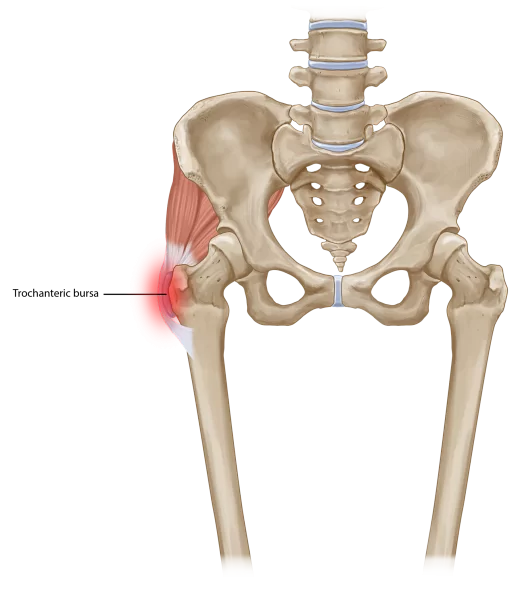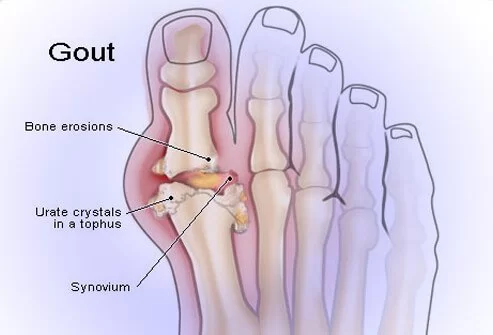Retrocalcaneal Bursitis and Physiotherapy Management
Epidemiology of Retrocalcaneal bursitis Causes of Retrocalcaneal bursitis Signs and Symptoms of Retrocalcaneal bursitis Assessment Differential Diagnosis Treatment of Retrocalcaneal bursitis Physiotherapy Management The patient with retrocalcaneal bursitis should be instructed to apply ice to the posterior heel and ankle in the acute period of bursitis. Icing can be performed several times a day, for…










